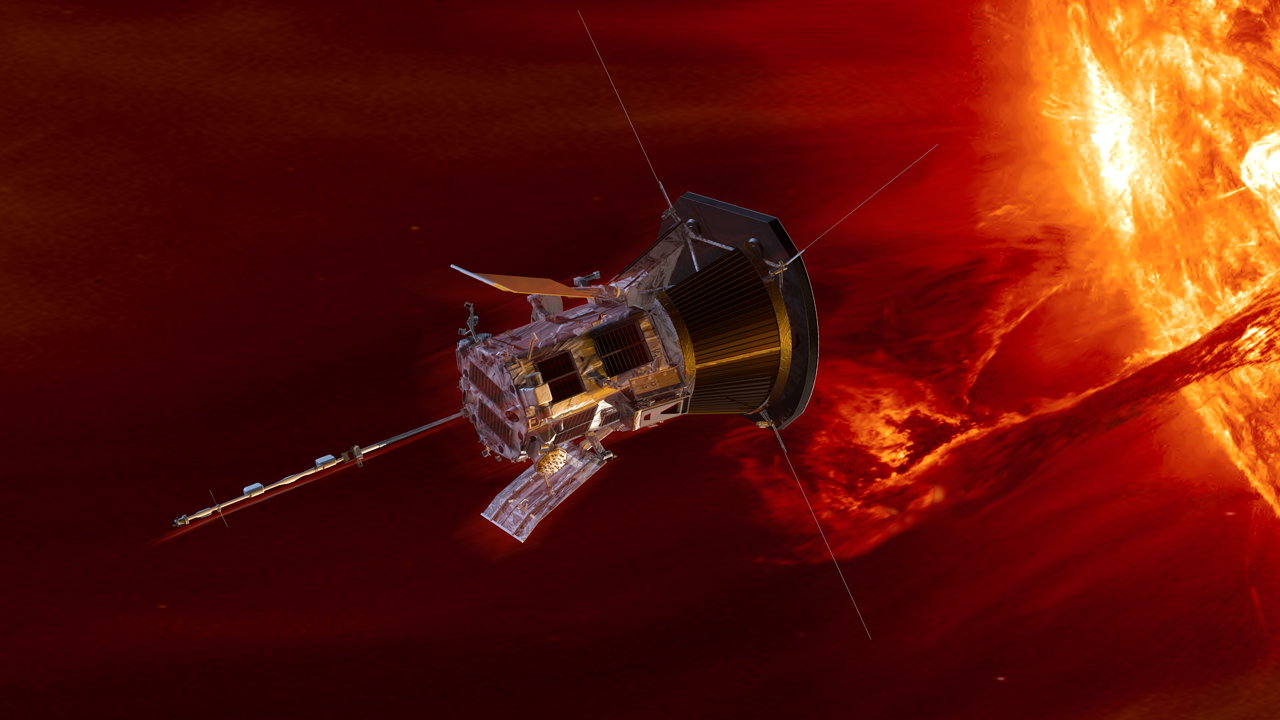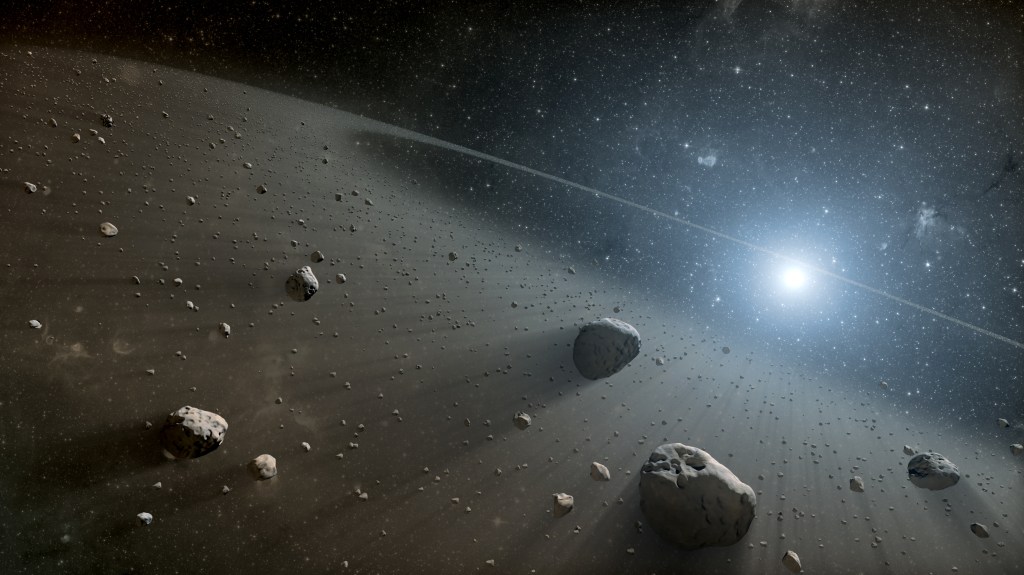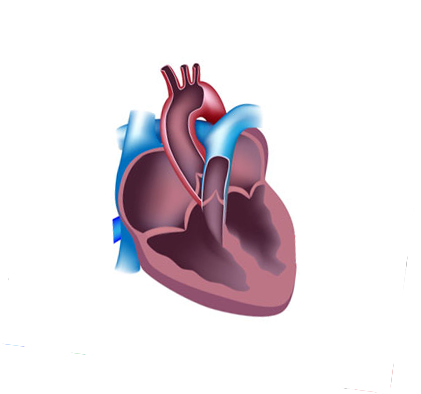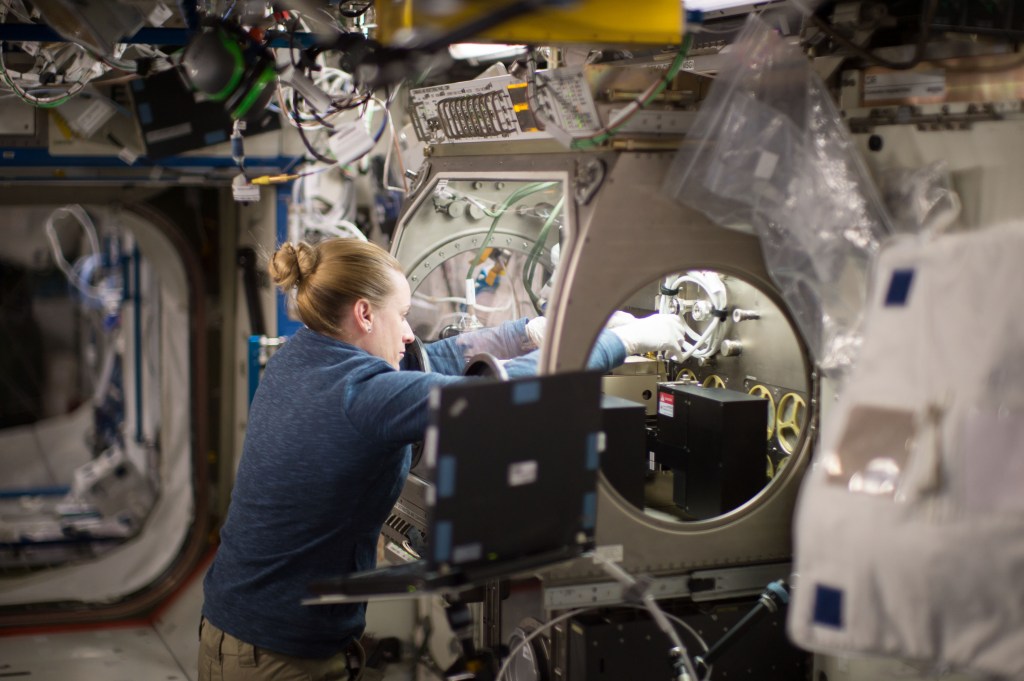NASA chose 60 student teams for its third TechRise Student Challenge, a nationwide contest that engages students in technology, science, and space exploration. Led by NASA’s Flight Opportunities program, the TechRise Student Challenge gives students the chance to work together to turn proposed science and technology experiments into reality.
The 2023-2024 teams’ experiments flew on one of two commercial suborbital flight platforms: Astrobotic’s Xodiac rocket-powered lander or a high-altitude balloon operated by World View. Read on for more information about these flights.
GRade Levels
6-12
Number of Students
490+
Astrobotic flights
June 21 and July 26, 2024 • Mojave, California
World View flight
August 12, 2024 • Page, Arizona
Rocket-Powered Lander Flights | High-Altitude Balloon Flight | Other News
Rocket-Powered Lander Flights
On two separate flights, the Xodiac rocket-powered lander operated by Astrobotic flew over the company's Lunar Surface Proving Ground, a test field designed to simulate the Moon’s surface. The proving ground is located at Astrobotic’s test site at the Mojave Air and Space Port in Mojave, California.
Learn more about the test field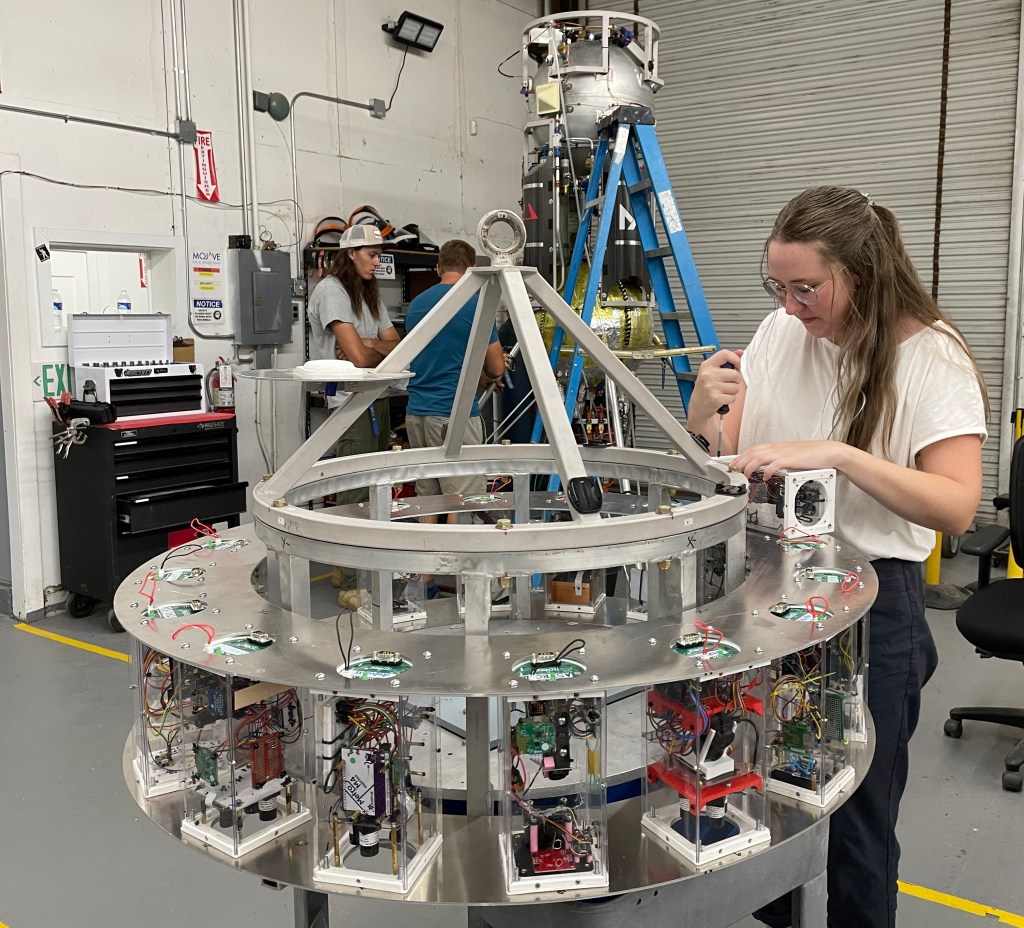
About the Rocket-Powered Lander Flights
On June 21, 2024, 15 middle and high school student teams watched as their experiments flew on the Astrobotic Xodiac rocket-powered lander. The lander flew for about 1.5 minutes, reaching an altitude of approximately 80 feet (roughly 25 meters) over Astrobotic’s Lunar Surface Proving Ground. A second set of 15 student experiments flew a similar profile on July 26, 2024.
Student payloads collected information on the features of the simulated surface, discovered hidden projects placed on the surface of the moonscape, and examined environmental characteristics of the lander’s flight. Student experiments can also study the physics and characteristics of the lander’s flight environment.
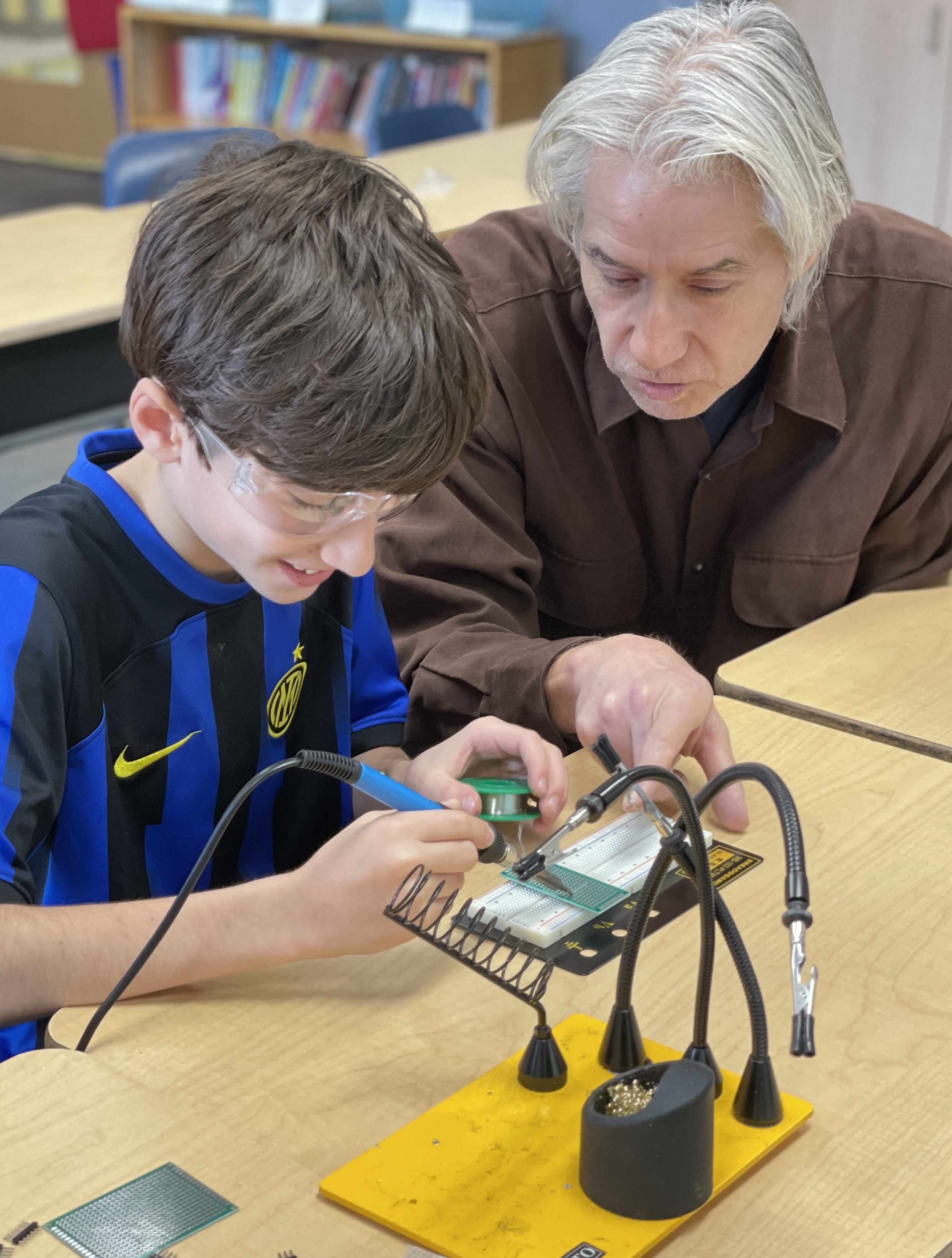 “The TechRise challenge was a truly remarkable journey for our team of mostly 6th graders with a few 7th and 8th graders. Watching them transform through the discovery of new skills, problem-solving together while being driven by the chance of flying their creation on a rocket with NASA has been exhilarating. They challenged themselves to learn through trial and error and worked long hours to overcome every obstacle. We are very grateful for this opportunity.”
“The TechRise challenge was a truly remarkable journey for our team of mostly 6th graders with a few 7th and 8th graders. Watching them transform through the discovery of new skills, problem-solving together while being driven by the chance of flying their creation on a rocket with NASA has been exhilarating. They challenged themselves to learn through trial and error and worked long hours to overcome every obstacle. We are very grateful for this opportunity.”
— Roshni Ismail, Cliff Valley School, Atlanta, Georgia
High-Altitude Balloon Flight
Thirty TechRise 2023-2024 student experiments launched aboard a World View high-altitude balloon in Page, Arizona, on August 12, 2024. During the flight, their payloads experienced exposure to the Earth’s upper atmosphere and perspective views of the planet.
World View is also participating in the 2024-2025 TechRise Challenge. Read more.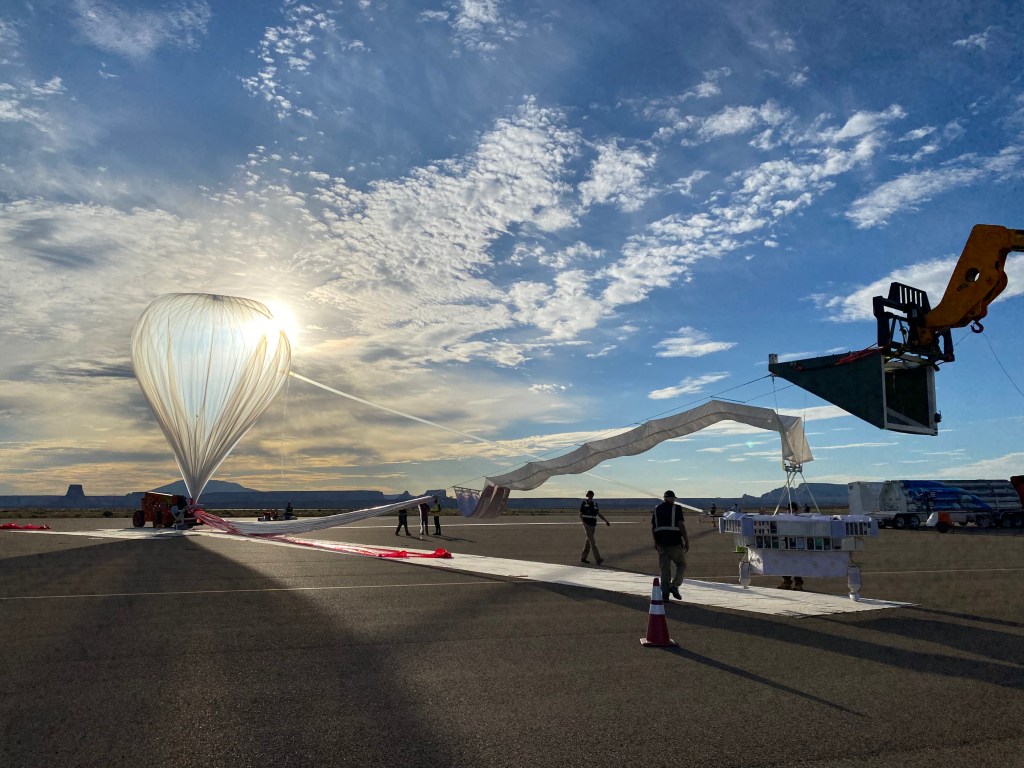
About the High-Altitude Balloon Flight
During the August 12, 2024, World View flight, the balloon floated for about 4 hours at approximately 80,000 feet — that is about 15 miles (24 km) above the Earth. Payloads experienced the stratosphere’s unique thermal and atmospheric environment, providing conditions that ground-based testing cannot replicate. The high-altitude balloon also allowed payloads to observe the surface below them, collect data on features such as vegetation and bodies of water, and examine the unique properties of the atmosphere at varying altitudes.
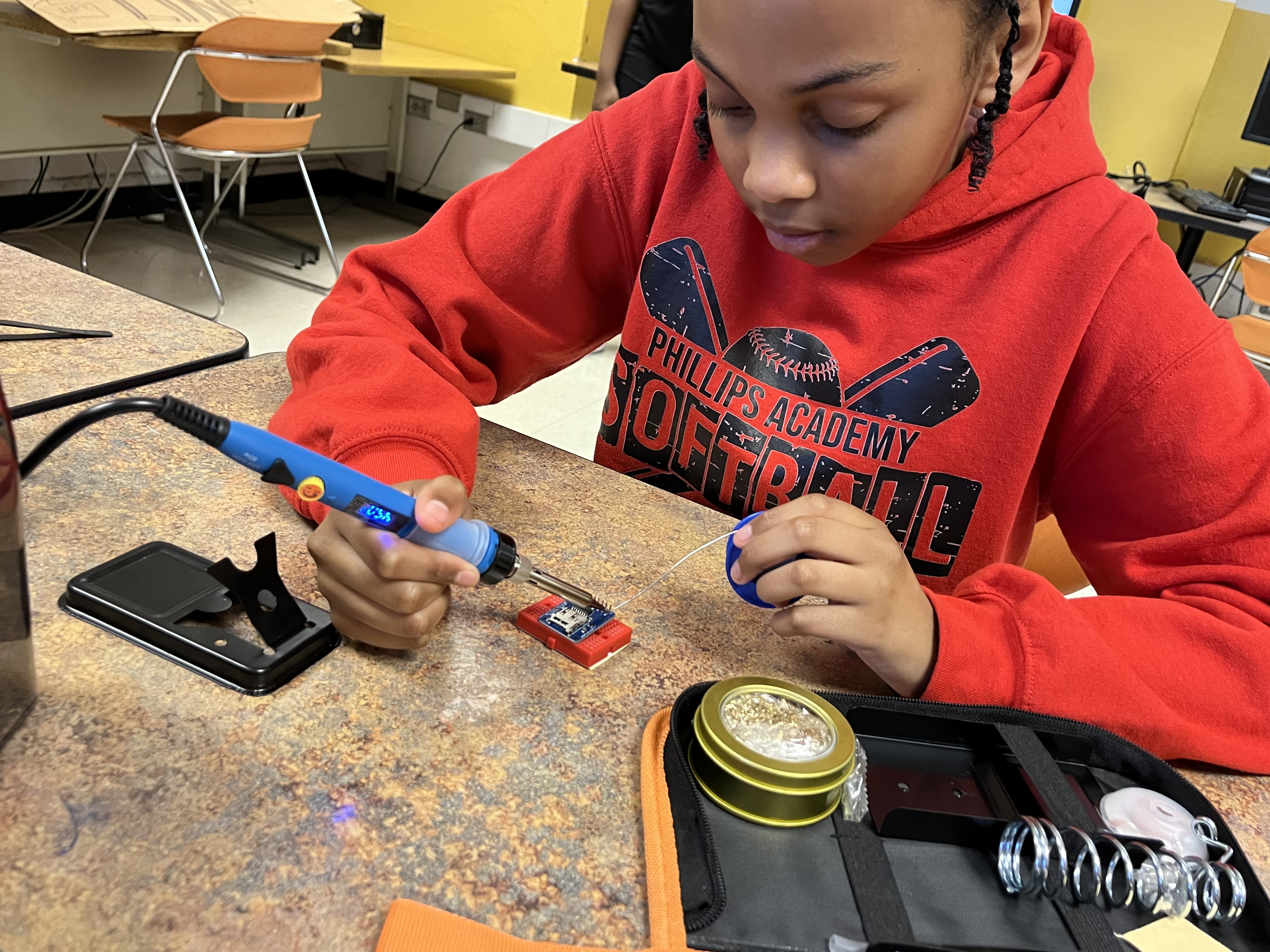 “Working with NASA for the TechRise Challenge was an experience like no other. It was an amazing opportunity to be selected as one of the winning schools. Through the process of the project I got to see my students learn new skills; such as soldering metal pins. I was also excited to see them embrace challenges using teamwork and their resources surrounding them. This is an experience that I know those students will remember for a lifetime.”
“Working with NASA for the TechRise Challenge was an experience like no other. It was an amazing opportunity to be selected as one of the winning schools. Through the process of the project I got to see my students learn new skills; such as soldering metal pins. I was also excited to see them embrace challenges using teamwork and their resources surrounding them. This is an experience that I know those students will remember for a lifetime.”
— Shawn Hurley, Phillips Academy IB School, Birmingham, Alabama


